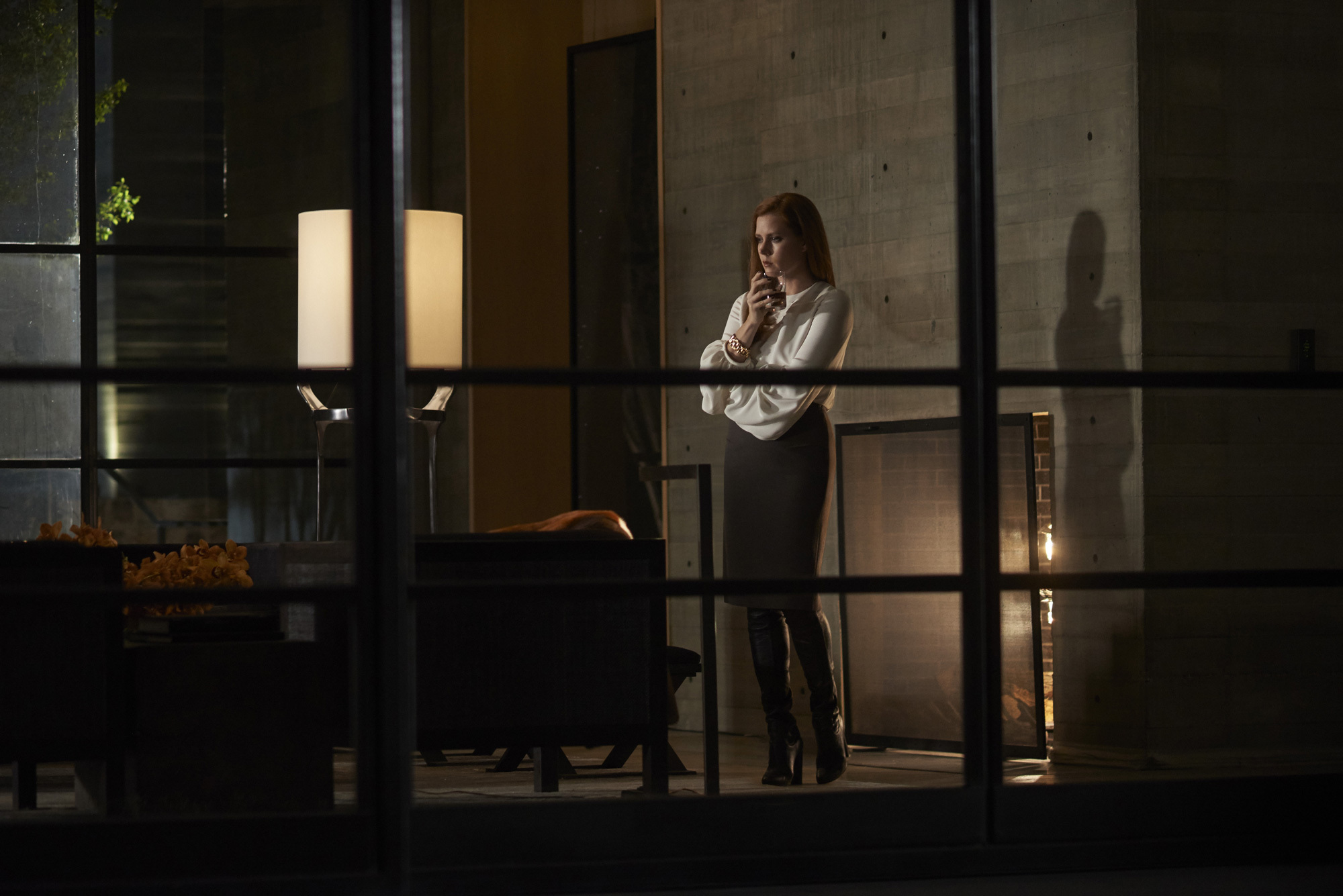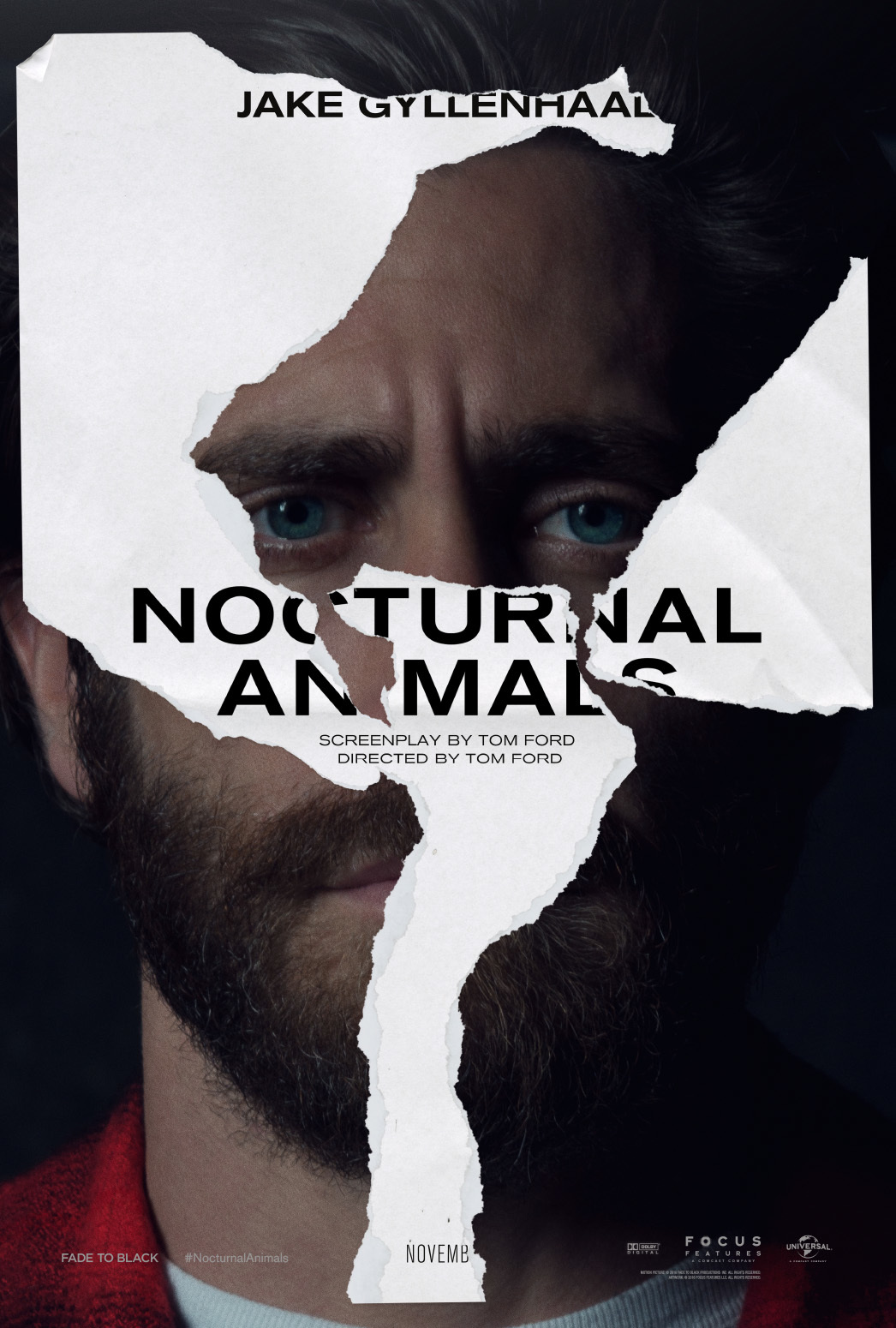As the wave of rave reviews that followed its recent premiere at the Venice Film Festival washes over the industry, Nocturnal Animals sees Tom Ford affirm his credentials as an auteur to watch. The film, which screens at the Toronto Film Festival today, also marks an unprecedented cross over in the disciplines of fashion to film.
Though there have been innumerable collaborations between cinema and fashion, the boundaries have always been clearly defined. The fashion designer may make a huge contribution to a film’s aesthetic (like Jean Paul Gaultier for The Fifth Element) or say everything about a character in a suit (Giorgio Armani designed Richard Gere’s outfits for American Gigolo) but their sway about the direction of a movie ends there.
Until Ford, Gaultier had perhaps come closest to crossing over from costume designer without actually doing so. He teamed up with Spanish auteur Pedro Almodovar on Kika, Bad Education, and The Skin I Live In. He’s served on the jury at Cannes. But it remains rare to find a designer who has made the career jump.
There are a few contemporary examples. Tara Subkoff of the art collective turned upcycling fashion line Imitation of Christ premiered her first feature, #Horror, out of competition at Cannes last year. But Subkoff has long since been a chameleon on the CV front, adding film director to a long list of job titles that includes actress, artist, and 90s It Girl. But a significant development is currently in the works. The Rodarte sisters — beloved by L.A.’s young talent like Elle and Dakota Fanning — are about to debut their first feature film. The pair, Laura and Kate Mulleavy, previously worked as costume designers on 2010’s Black Swan. But Woodstock — which stars Kristen Dunst and is so shrouded in secrecy the film’s genre is not yet confirmed — marks a departure for the siblings. The film is not some kind of extended brand exercise, but a confident move into the discipline. US distribution rights are already secured. If it’s a success, it could signify a new fluidity between fashion and film.

Fashion has always been influenced by cinema. The very best in fashion — think McQueen at his height of wild creativity — tell stories as madly captivating as any on the big screen. As Ford told film industry trade bible The Hollywood Reporter this week: “I built collections around [Rainer Werner Fassbinder’s 1972 film] The Bitter Tears of Petra von Kant. We [designers] use all those things. People think we just throw some things on and send the [models] down a runway. We don’t. In the fashion world, we pull images [from movies] like crazy.”
The relationship has not been one way. The importance of costume design to the visual story barely bears stating. In 1931, Coco Chanel was brought into work on MGM studio films. Fashion in films has come to define eras, predict trends, and influence high street sales. But when it comes to putting fashion on film as the story itself, cinema has often proved a hard critic. Whether it’s a portrayal of a diabolical editor of the world’s biggest style magazine in The Devil Wears Prada or the most recent meditation on the cruelty of beauty in The Neon Demon, film has rarely been kind to the fashion world.
That cynicism about fashion extends to any attempts to cross over from it. After Ford’s first foray into filmmaking, A Single Man, proved a success in 2009, friends admitted there had been a question mark over his credentials. Even after the acclaim and an Oscar nomination for its lead Colin Firth, Ford still had his doubters. “I was worried that he would focus on the aesthetic over the heart of the story — perhaps this is my own prejudice,” Nocturnal Animals’ star Jake Gyllenhaal told the Reporter of working with Ford. “But he was so different than I expected. He had thousands of research photographs. He had a palette for each character. Everything was packed with thought and detail.”
But then style and substance have not necessarily been bad bedfellows on the big screen. The two are often indelibly linked; one cannot exist without the other. Wes Anderson’s The Grand Budapest Hotel is both the style and the substance of the film. Pedro Almodovar’s mise-en-scène is inseparable from his storytelling. So it is with Ford, who told a press conference at Nocturnal Animals premiere in last week: “Style always has to serve substance. Believe it or not, I am not just about style, especially in filmmaking. It has to be part of the storytelling … Stylistically, I never made a decision that didn’t relate to the story.”
As it turns out, Nocturnal Animals is a story Ford appears in a pretty good position to tell. It’s a tricky tale, a story-within-a-story about an L.A art dealer Susan Morrow (Amy Adams) whose privileged but unfulfilling life and second marriage is interrupted by the arrival of a novel in the post, written by her ex husband, Edward Sheffield (Jake Gyllenhaal), sent with instructions to read. The book is violent and distressing, sending Morrow into a tailspin; her ex husband, meanwhile, has asked to meet when she’s finished.
For Ford, who adapted the film from a 1993 novel by Austin Wright, the story has tremendous import, as it realizes feelings he has experienced at the coalface of fashion. As he told Hollywood Reporter, the lead character of Susan Morrow is basically him. “She is struggling with the world that I live in: the world of absurd rich [people], the hollowness and emptiness I perceive in our culture.”
Ford suggests that if cinema looked at the culture he lives in with a cynical eye, he can certainly do so with an authentic one. From the applause for Nocturnal Animals, it is clear Ford has made a huge success of it. The kicker for the fashion designer turned director naysayers? Ford does it with style.
Nocturnal Animals is in cinemas November 4.

Credits
Text Colin Crummy
